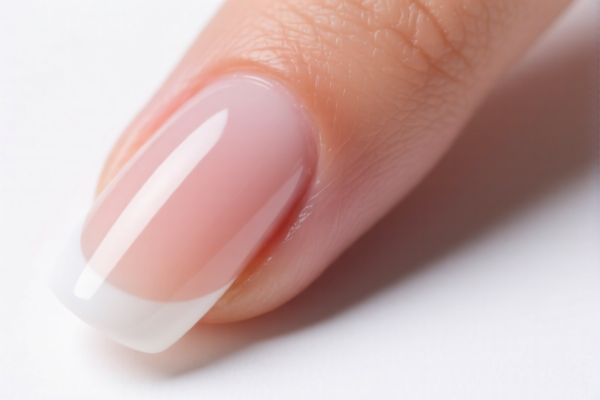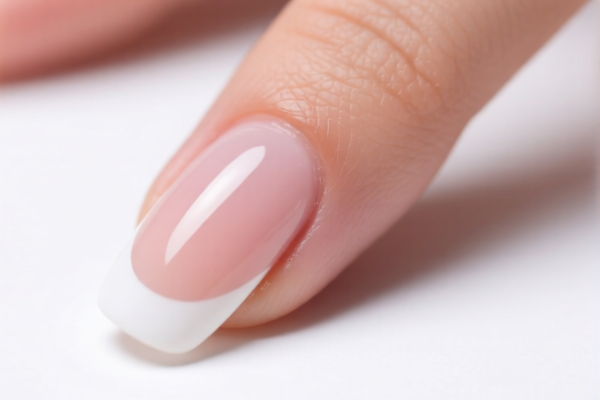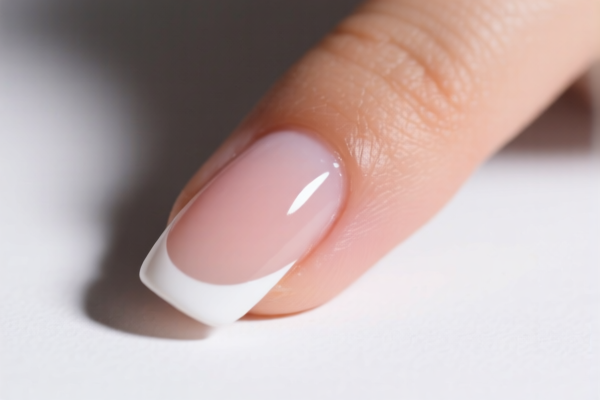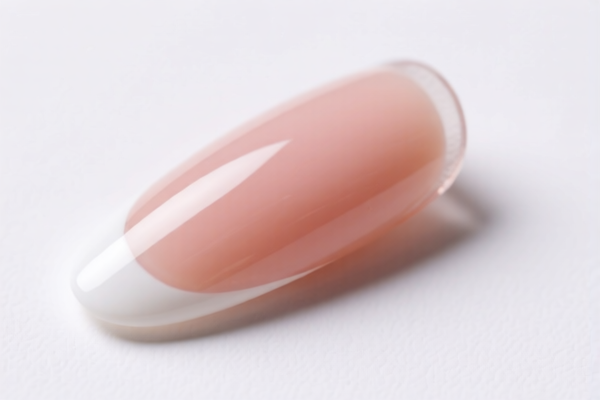| HS Code | Official Doc | Tariff Rate | Origin | Destination | Effective Date |
|---|---|---|---|---|---|
| 7317005518 | Doc | 80.0% | CN | US | 2025-05-12 |
| 7317006560 | Doc | 80.0% | CN | US | 2025-05-12 |
| 8301102000 | Doc | 39.8% | CN | US | 2025-05-12 |
| 8301104000 | Doc | 41.3% | CN | US | 2025-05-12 |
| 8308909000 | Doc | 57.7% | CN | US | 2025-05-12 |
| 8308903000 | Doc | 55.0% | CN | US | 2025-05-12 |




Ball nails, also known as ball-head nails, are a type of nail distinguished by a rounded, often decorative, head. They are commonly used in woodworking, furniture making, and upholstery.
Material
Ball nails are typically manufactured from:
- Steel: The most common material, offering strength and durability. Often galvanized for rust resistance.
- Brass: Used for decorative purposes, providing a more aesthetically pleasing finish and corrosion resistance.
- Copper: Similar to brass, favored for its appearance and resistance to corrosion.
- Aluminum: Lightweight and corrosion-resistant, suitable for applications where weight is a concern.
Purpose
The primary purpose of ball nails is to fasten materials together. Their rounded head provides a decorative finish and can be used in exposed applications where the nail head is visible. They are also used in applications where a flush or slightly rounded finish is desired.
Function
Ball nails function similarly to other nails, utilizing shear and friction to hold materials together. The rounded head offers minimal obstruction and is less likely to damage the surface of softer materials compared to nails with sharper heads.
Usage Scenarios
- Furniture Making: Used for decorative trim, upholstery, and assembling furniture components.
- Woodworking: Employed in projects where a visible nail head is desired, such as decorative boxes, picture frames, and small crafts.
- Upholstery: Securing fabric to furniture frames.
- Decorative Trim: Attaching decorative molding and panels.
- Leatherwork: Fastening leather components.
Common Types
- Steel Ball Nails: The most versatile and widely used type. Available in various lengths and gauges.
- Brass Ball Nails: Used for decorative applications, often found in antique furniture restoration and high-end woodworking.
- Copper Ball Nails: Similar to brass, providing a unique aesthetic.
- Upholstery Ball Nails: Specifically designed for securing fabric to wood frames, often with a shorter shank and a wider head.
- French Upholstery Nails: A decorative variation, often used in antique furniture restoration and decorative projects. These typically have a longer, thinner shank.
- Box Nails: A shorter variation used in small woodworking projects and box making.
Ball nails are generally categorized as nails, tacks, drawing pins, corrugated nails, staples (other than those of heading 8305) and similar articles, of iron or steel. Here's a breakdown of relevant HS codes based on the provided information:
- 7317.00.55.18: This HS code covers nails, tacks, drawing pins, corrugated nails, staples (excluding those under heading 8305), and similar articles made of iron or steel, with or without heads of other materials (excluding copper heads). Specifically, it applies to “Other: Of one piece construction: Made of round wire Collated nails”. This could be applicable if the ball nails are manufactured as a single piece from round wire and are collated for use in nail guns or similar applications. The total tax rate is 80.0%, comprising a base tariff of 0.0%, an additional tariff of 25.0%, and a further 25% additional tariff for steel/aluminum products, increasing to 30.0% after April 2, 2025.
- 7317.00.65.60: This HS code also covers nails, tacks, drawing pins, corrugated nails, staples (excluding those under heading 8305), and similar articles made of iron or steel, with or without heads of other materials (excluding copper heads). However, it applies to “Other: Of one piece construction: Other Other”. This would be relevant if the ball nails are manufactured as a single piece but do not fall under the 'made of round wire collated nails' category. The total tax rate is 80.0%, with a base tariff of 0.0%, an additional tariff of 25.0%, and a further 25% additional tariff for steel/aluminum products, increasing to 30.0% after April 2, 2025.
It is important to note that both HS codes have a total tax rate of 80.0% due to the base tariff, additional tariff, and the steel/aluminum surcharge. The specific HS code to use will depend on the manufacturing method (round wire collated vs. other one-piece construction).
Customer Reviews
No reviews yet.